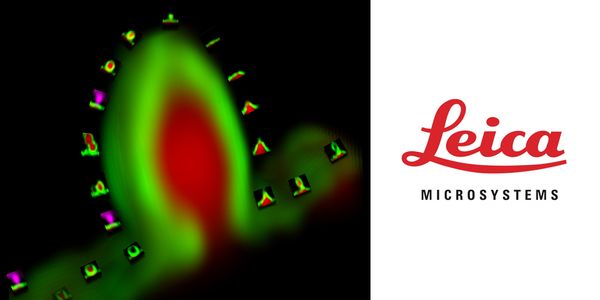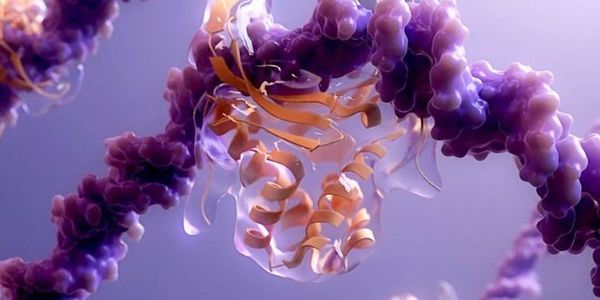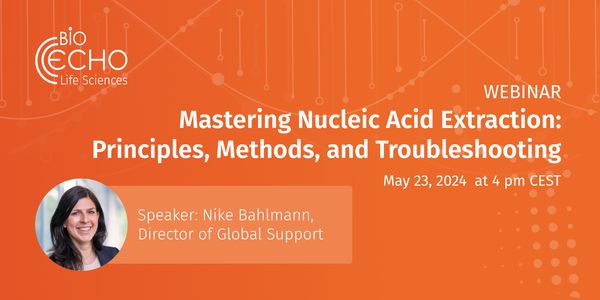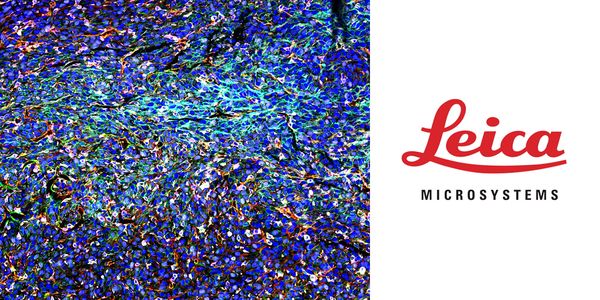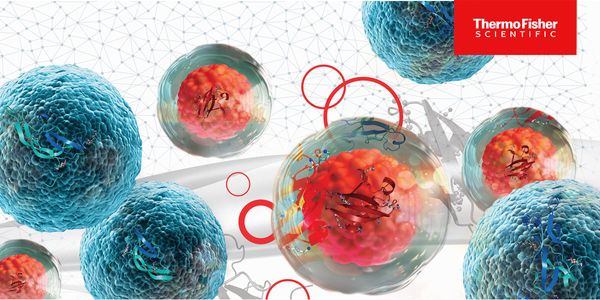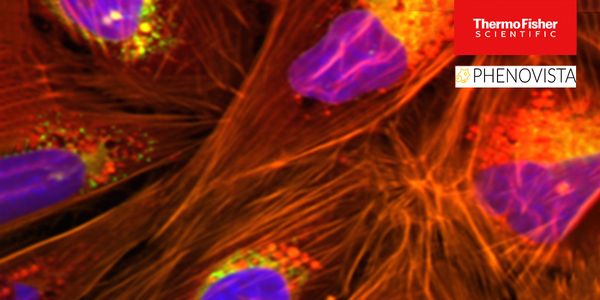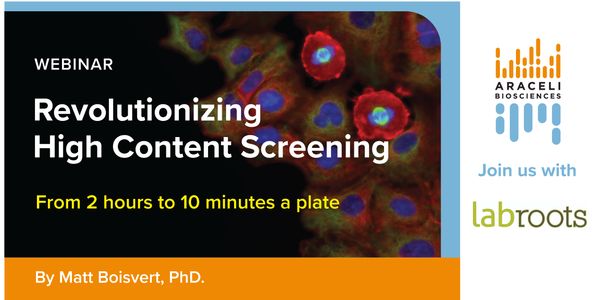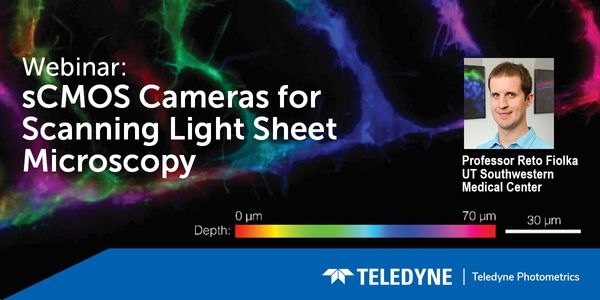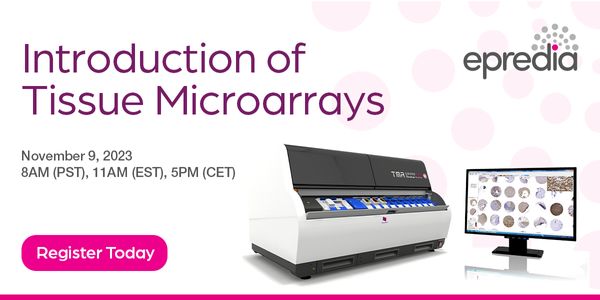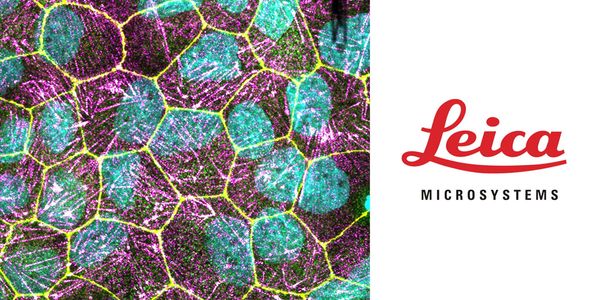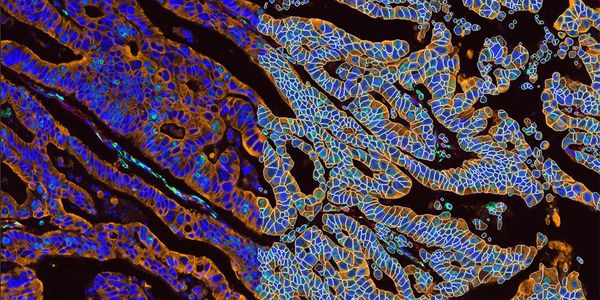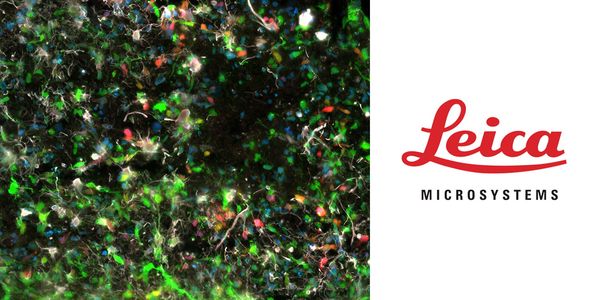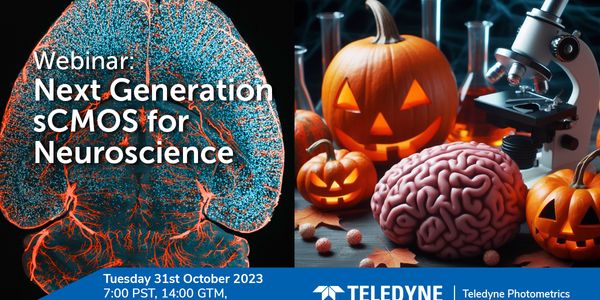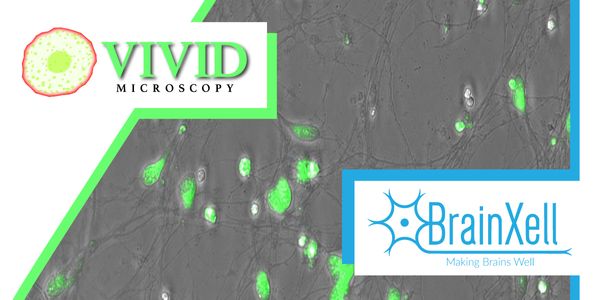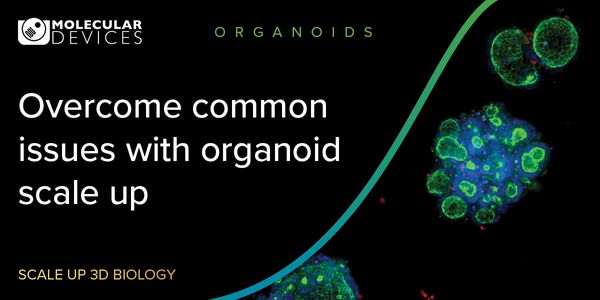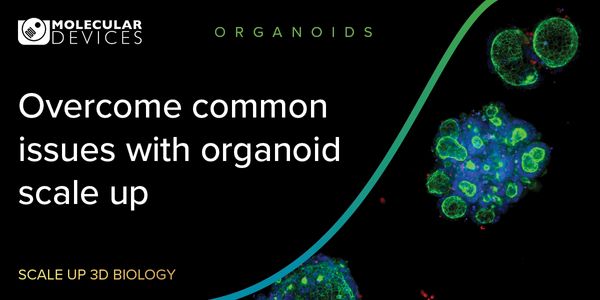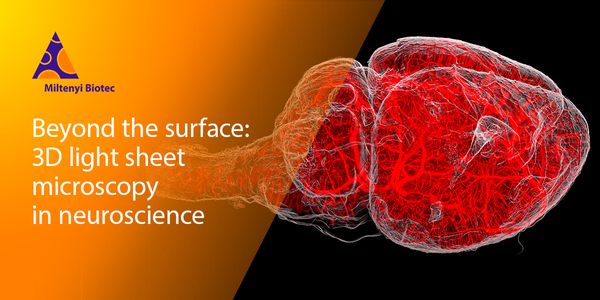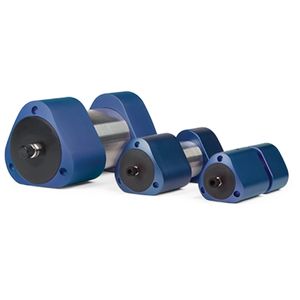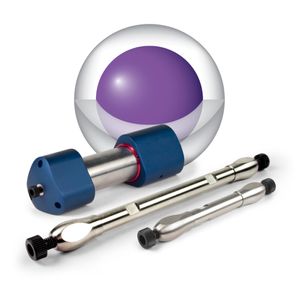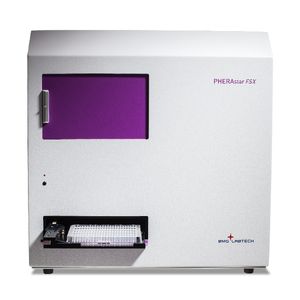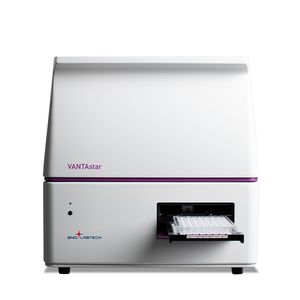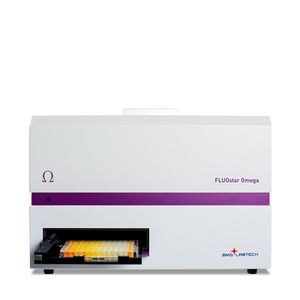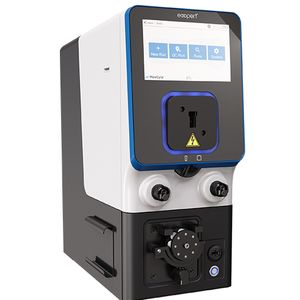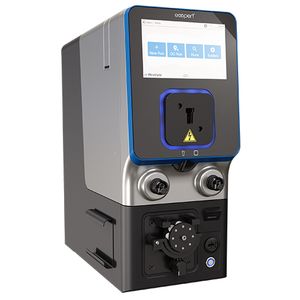Neuroscience Webinars
Learn from the latest webinars about newly released neuroscience research and advances in experimental techniques. Topics include research news in neuroscience, neurology, psychology, brain science and cognitive sciences.
Show More
-
JUN 04, 2024 | 9:00 AMMembrane fusion and budding mediate fundamental biological processes like intracellular trafficking, exocytosis, and endocytosis. For many decades, fusion has been thought to open a nanomete...
-
MAY 23, 2024 | 10:00 AMC.E. CREDITSPrecise protein quantification is a crucial step in workflows involving protein extraction, isolation, and analysis. Accurate knowledge of the concentration of your protein sample is essenti...
-
MAY 23, 2024 | 7:00 AMNucleic acid extraction is a fundamental step in unlocking the genetic information contained within biological samples. Isolated nucleic acids are the basis for a multitude of analyses and a...
-
MAY 15, 2024 | 9:00 AMImmunotherapies, including immune checkpoint inhibitors, have emerged as promising treatments for advanced cancers. However, a subset of patients exhibits resistance to such therapies, and t...
-
MAY 14, 2024 | 8:00 AMLatest advancements in limited sample analysis will be presented. The webinar will focus specifically on single-cell proteomics and deep visual proteomics and how latest innovations in mass...
-
MAR 20, 2024 | 8:00 AMDeciphering somatic mosaicism in healthy tissues and clonal diversity in tumors necessitates single-cell analysis. High-quality genomic and transcriptomic data at the single-cell level depen...
-
MAR 12, 2024 | 10:00 AMIn this webinar, we will briefly introduce Vizgen’s Vizgen® MERSCOPE® Platform for spatial transcriptomics. Following this introduction, we will showcase the capabilities of ME...
-
Speech neuroprostheses have the potential to restore communication to people living with paralysis, but naturalistic speed and expressivity are elusive. Here we use high-density surface reco...
DBS for obsessive-compulsive disorder (OCD) achieves clinical benefit in 66% of treatment-resistant patients. However, there is still a lack of a fundamental understanding of the neurophysio...
FEB 28, 2024 | 8:00 AM
Microscopy involves the study of organisms too small to see with the naked eye, magnifying the small worlds within our own so we can study and understand these samples. Organs, tissues and c...
FEB 08, 2024 | 10:00 AM
High-content screening (HCS) is an imaging-based, multi-parametric strategy used in drug development that generates rich datasets through multiplexing strategically chosen fluorescent dyes a...
JAN 31, 2024 | 8:00 AM
Quantum Imaging is a new and developing field that involves the application of quantum physics phenomena to develop new imaging technologies and methodologies for scientific research. We are...
DEC 13, 2023 | 9:00 AM
The quest for digital excellence in today’s biotech research laboratories demands modern software acquisition, robust protection protocols, and a keen eye on evolving security requirem...
DEC 07, 2023 | 9:00 AM
Proteins are the workhorses of cells and provide vital insights to cell health and disease function. Immunoassays and mass spectrometry are well established methods for studying proteins and...
NOV 29, 2023 | 10:00 AM
High content screening at speed requires compromise: sacrificing resolution, sample coverage or both. This has limited high content screening’s utility as a high throughput tool. In or...
NOV 29, 2023 | 8:00 AM
Light-sheet microscopy is a rapidly developing field thanks to the numerous benefits and vast number of implementations when imaging with a light sheet. However, these benefits are best real...
Join our webinar to discover how automated sample preparation can free your lab from the time-consuming, costly, and complex manual workflows in proteomics. In the ever-evolving field of pro...
Spheroids and organoids, two examples of 3D cell culture models, have become invaluable tools to study the processes that dictate behavior of tissues under physiological and pathological con...
